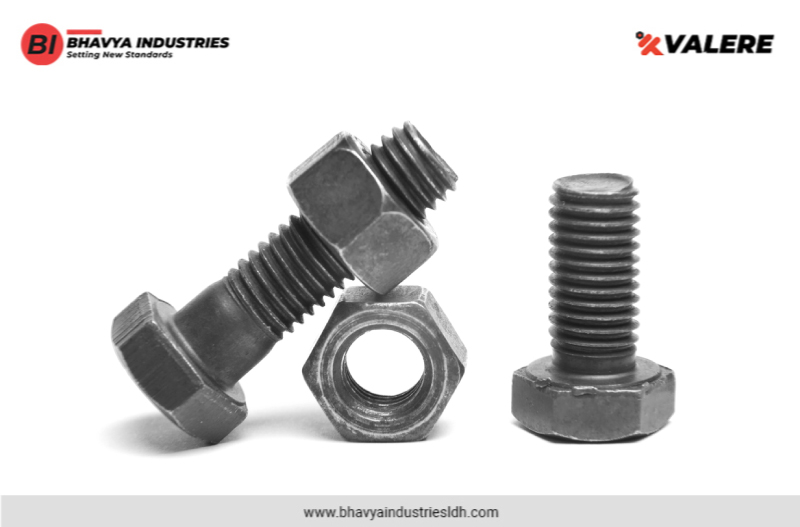Fasteners are pretty crucial to bind materials together. Be it the manufacturing or automotive industry, fasteners have always been used to form secure and strong connections. While they are essential in construction and DIY projects, overdriving them can cause significant damage to the joining material.
Overdriving occurs when a fastener is driven into the material too far, causing it to break or split. It can lead to weakened joints, compromised structures, and ultimately, project failure.
How to Avoid Fastener Overdriving?
Choose the Right Fastener Size
Choosing the right size fastener is paramount to avoid galling and overdriving in fasteners. The fastener should be long enough to penetrate the joining material, but not so long that it protrudes out the other side.
Similarly, using the wrong type of fastener can also lead to overdriving. For example, using a wood screw in a metal can cause the fastener to strip or break. Bhavya Industries has experience as a leading fastener manufacturing unit in Punjab of over 25 years. We can help you make the right decision suitable to your industry and needs.
Use a Pilot Hole
A pilot hole is a small hole drilled into the material before inserting the fastener. It guides the fastener to prevent it from overdriving. The size of the pilot hole should be slightly smaller than the diameter of the fastener to ensure a snug fit. Using a pilot hole is especially important when working with hardwoods or other dense materials prone to splitting.
Adjust the Drill Clutch
Most power drills come with an adjustable clutch that controls the torque output of the drill. Adjusting the clutch to a lower setting will prevent overdriving by limiting the force amount applied to the fastener. Experiment with different settings to find the right balance between driving the fastener in and preventing fastener overdriving.
Apply Even Pressure
When driving in a fastener, it is paramount to apply pressure evenly to prevent overdriving. Uneven pressure can cause misalignment or tilting, leading to fastener overdriving. To avoid misaligning, use both hands to apply pressure and keep the drill perpendicular to the joined material.
Use a Depth Stop
A depth stop is a device that attaches to the drill and prevents the fastener from overdriving by setting a specific depth. It safeguards delicate materials that are easily damaged by overdriving. Depth stops are available for purchase separately or as an attachment with some drills.
Regular Check on Fasteners
“Prevention is better than cure.” Periodically check the fastener depth to avoid overdriving. Early symptoms detection of overdriving helps to take early action to prevent the material. Flush with the surface fastener is not overdriven, whereas a protruding fastener may be longer than required and needs changing.
Concluding Thoughts
In conclusion, overdriving fasteners can be a costly mistake that can compromise the integrity of your project. By choosing the right size and type of fastener, using a pilot hole, adjusting the drill clutch, applying pressure evenly, using a depth stop, and checking the fastener regularly, you can prevent overdriving and ensure a strong, stable joint. Remember to take your time and be patient when driving fasteners, as rushing can lead to mistakes.



